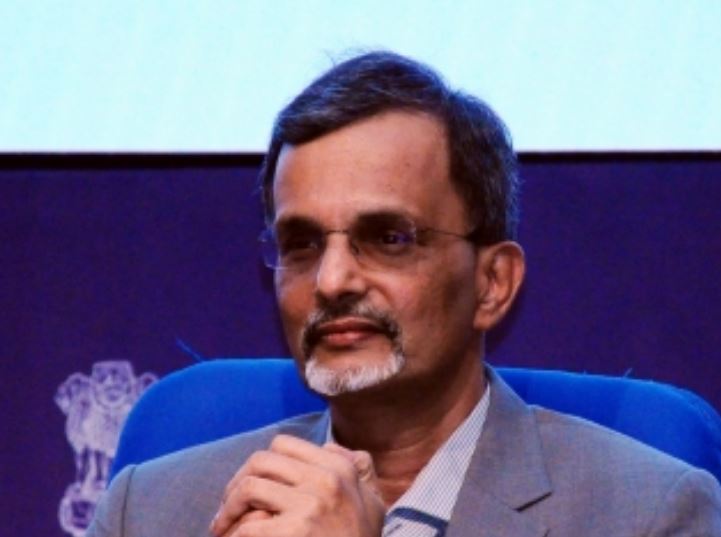New Delhi: Chief Economic Advisor V Anantha Nageswaran on Wednesday said the performance of the manufacturing sector and growth rate in private consumption expenditure in the December quarter of 2022-23 is appearing ‘depressed’ because of higher base.
According to Nageswaran, the GDP growth base was inflated due to data revision for the past three years.
The National Statistical Office (NSO) on Tuesday revised GDP growth data for the past three years — 2019-20, 2020-21 and 2021-22 and also released the second advance estimates of GDP for 2022-23.
While the growth rate for 2021-22 has been revised up by 40 basis points to 9.1 per cent, from 8.7 per cent, the GDP for 2020-21 (Covid impacted year) too has been revised upwards to (-) 5.8 per cent, from (-) 6.6 per cent. For 2019-20 also, the growth has been revised upwards to 3.9 per cent, from 3.7 per cent.
However, the second advance estimates for 2022-23 real GDP growth was retained at 7 per cent — as was projected in first advance estimates in January.
The data showed that the manufacturing sector contracted by 1.1 per cent in the October-December quarter, and private consumption expenditure slowed to 2.1 per cent.
According to Nageswaran, but for the revision in data, which resulted in a higher base, the manufacturing sector would have shown an increase of 3.8 per cent year-on-year and private consumption expenditure would have grown 6 per cent in the October-December quarter.
“There is much misunderstanding of the data released last evening on GDP for Q3FY23 because it also came with revisions to the data for the previous three years… When one is comparing a data point that has gone through three or four revisions and another which is still called ‘advance estimate’, one is not comparing apples to apples but apples to oranges,” he said.
With regard to Private Final Consumption Expenditure , which denotes money spent by individuals on goods and services for personal consumption, Nageswaran said the data revision to the prior years has made the 6 per cent growth rate, come down to 2 per cent in third quarter (October-December) of 2022-23.
“Even though one is comparing consumption to consumption, one is comparing the cumulative base effect of the first revision to 2021-22, the second revision to 2020-21 and the third revision to 2019-20, all of which now inflate the base period data and depress the growth rate for 2022-23.
“So, really one is comparing apples to oranges. When one set of data is revised to take into account underlying data revisions, larger samples, etc., and the other is not, it is not a like-for-like comparison,” Nageswaran said.
With regard to manufacturing gross value added (GVA), he said it would have grown by 5.1 per cent in 2022-23 fiscal based on Second Advance Estimates without revised data.
However, it will grow by 0.6 per cent in 2022-23 after revision. That is a revision of 4.5 percentage points.
Similarly, manufacturing GVA would have grown by 3.8 per cent YoY in Q3 FY23 without revised data. However, it has contracted by 1.1 per cent YoY in Q3 FY23 after this revision. That is a change of 4.9 percentage points, he said.
“The argument that the recovery has become shallower does not make sense since one is not making a fair comparison,” the Chief Economic Advisor said.
The NSO data released on Tuesday showed India’s gross domestic product growth slowed to a three-quarter low of 4.4 per cent in the October-December period mainly due to contraction in manufacturing and low private consumption expenditure.
The Indian economy grown 6.3 per cent in the July-September quarter and 13.2 per cent in the April-June quarter of the current fiscal.
PTI
